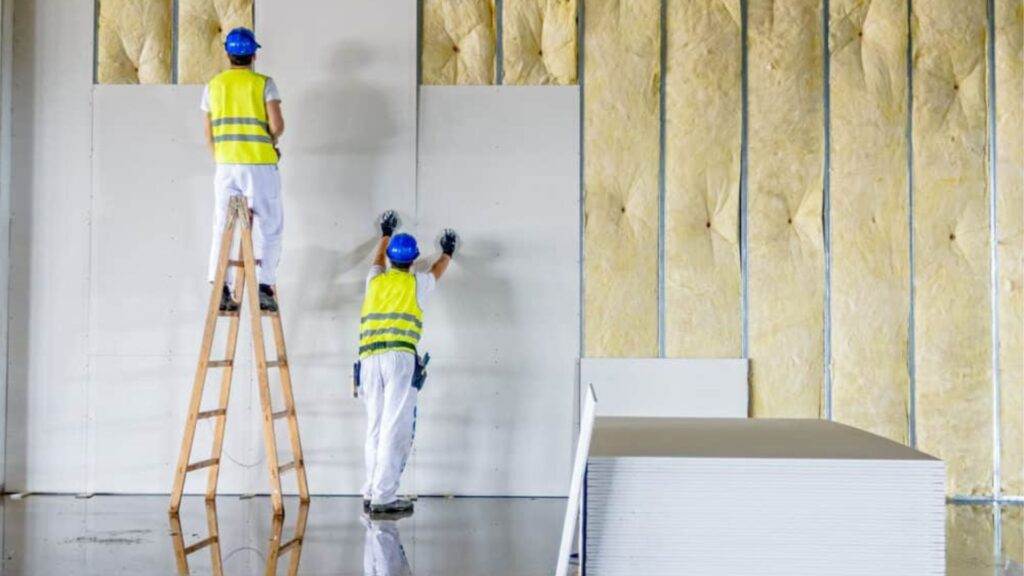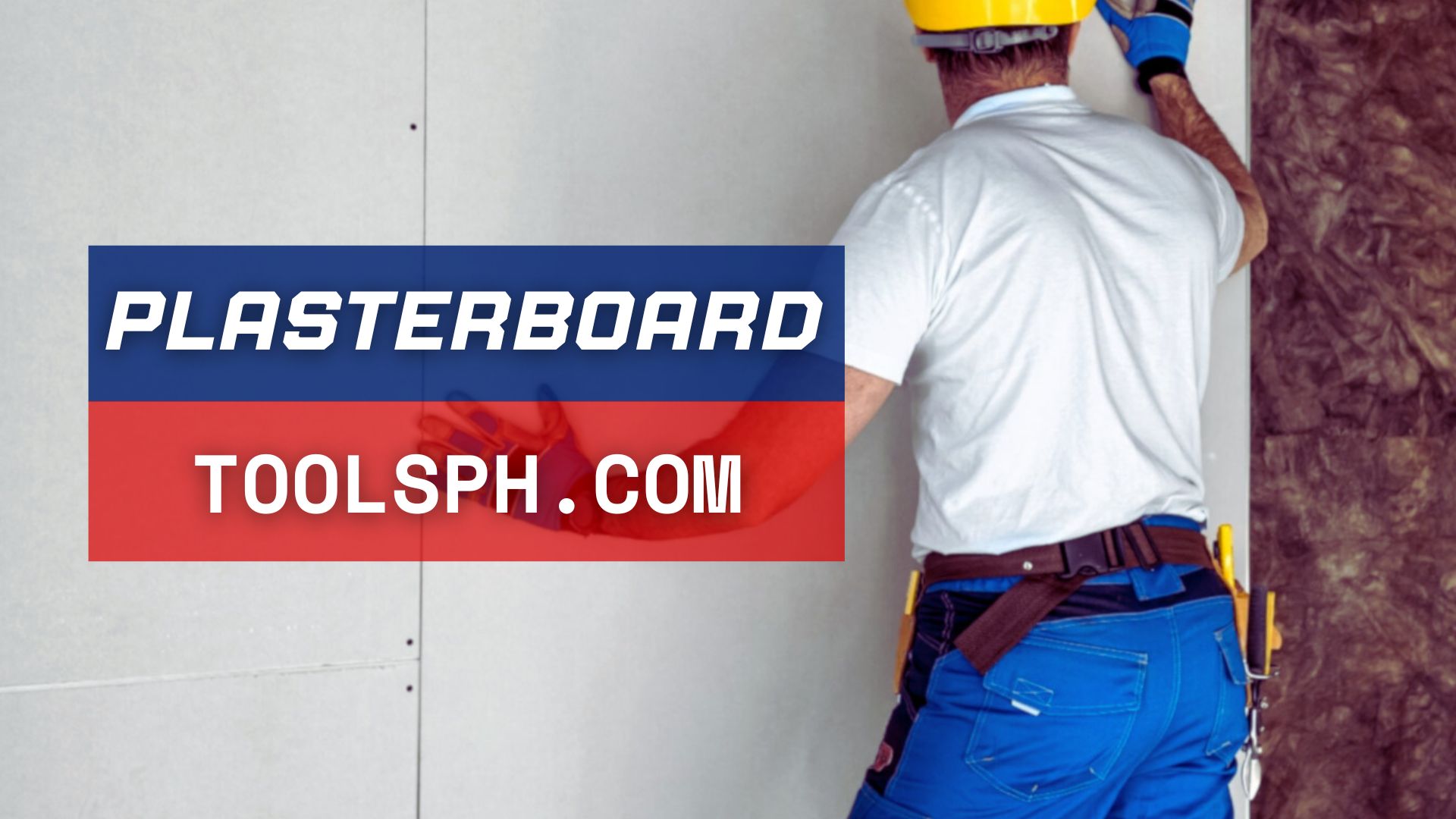A plasterboard, also known as drywall, is a widely used building material composed of a gypsum core that is sandwiched between two layers of paper. This material is a popular choice for most contractors in interior wall and ceiling projects because they are generally easy to install, versatile, and above all, cost-effective. It is commonly used in both residential and commercial construction for creating partition walls, ceilings, and other decorative features that can help improve the space’s functionality and aesthetics.
Plasterboard Prices
Plasterboard prices can vary depending on their sizes, dimensions, and thicknesses. On average, their price ranges from ₱520.00 to ₱650.00.
| Details | Size / Dimension | Thickness | Price |
| Gyproc Gypsum Board | 1.2mm x 2.4mm | 9mm | ₱520.00 |
| Gyproc Gypsum Board | 1.2mm x 2.4mm | 12mm | ₱565.00 |
| Gypsum Board | 1/2 | 9mm | ₱598.00 |
| Gypsum Board | 1/2 | 12mm | ₱650.00 |

Advantages of Plasterboard
Easy to Install – A plasterboard, unlike any other materials, is typically lightweight which makes it easier to cut. This trait makes the plasterboard quick and easy to install compared to other traditional plaster finishes.
Versatility – The versatility of plasterboard makes them usable in a wide range of applications which is why they are popular because consumers can buy one item for different applications such as partition walls, ceilings, and other decorative features.
Cost-Effective – The versatility of plasterboard makes it suitable for a wide range of applications, which is why it is popular. It is versatile enough that consumers can use it for partition walls, ceilings, and other decorative features, saving them time from buying various materials.
Disadvantages of Plasterboard
Vulnerable to Moisture – The worst disadvantage of plasterboards is that they are susceptible to moisture which could cause them to eventually warp, swell, or mold. This is also the reason why they are not ideal to install in wet areas such as bathrooms or kitchens without proper waterproofing measures.
Durability – While they are typically durable, plasterboards are not completely resistant to damage from impacts like the other wall finishing materials.
Repairs – Repairing a damaged plasterboard can be really difficult, especially if you are trying to perfectly match the texture and finish of the surrounding area.
Limited Load-Bearing Capacity – Plasterboard has a limited load-bearing capacity, which means that they could not be suitable for supporting heavy items such as shelving or cabinets without additional support.
Video about Plasterboard
FAQs
What is plasterboard used for?
Plasterboards are building materials that are widely used in different construction applications, mostly for interior walls and ceilings.
Is plasterboard the same as drywall?
The only difference between them is their names, but they are the same product described in different terms.
Is plasterboard a wall finish?
Yes, plasterboards are one of the most popular materials for both interior and exterior wall finishes.
Is plasterboard good?
The value of plasterboards varies depending on the intended use, generally considered a good material due to its durability, low maintenance, and cost-effectiveness.
How durable is a plasterboard?
A plasterboard is durable enough to accept most types of decorative finishes such as paint, wallpaper, and other texture compounds.


